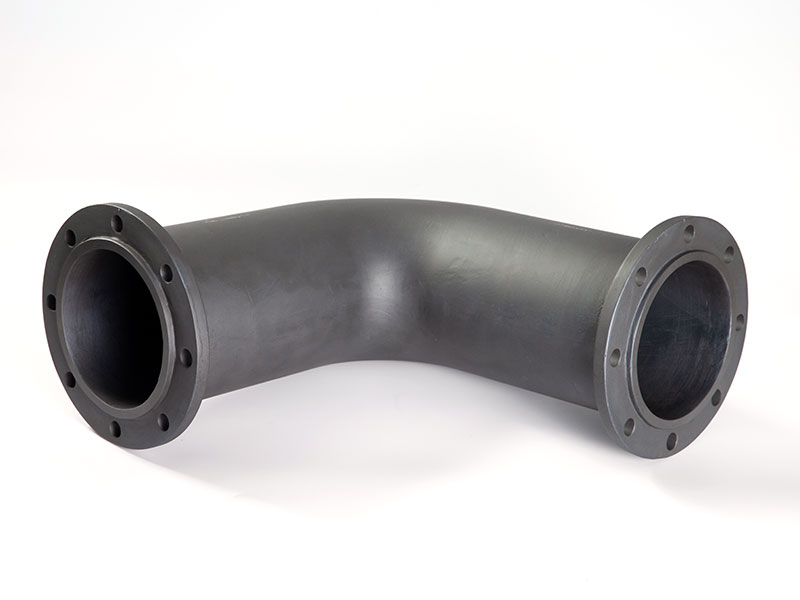Because of its good physical properties, reaction-sintered silicon carbide has been widely used as a major chemical raw material. Its scope of application has three aspects: for the production of abrasives; Used to produce resistance heating components — silicon molybdenum rod, silicon carbon tube, etc.; For the manufacture of refractory products. As a special refractory material, it is used in iron and steel smelting as iron blast furnace, cupola and other stamping processing, corrosion, damage to the strong position of fireproof products; In rare metal (zinc, aluminum, copper) smelters for melting furnace charge, molten metal conveyor pipe, filter device, clamp pot, etc.; And space technology as a stamping engine tail nozzle, continuous high temperature natural gas turbine blade; In the silicate industry, many as a variety of industrial kiln shed, box type resistance furnace charge, saggar; In the chemical industry, it is used as gas generation, crude oil carburetor, flue gas desulfurization furnace and so on.
Pure use of α-SiC manufacturing products, because of its relatively large strength, it is very difficult to grind it into nanoscale ultrafined powder, and the particles are plates or fibers, used to grind into the compact, even in the heating to its decomposition temperature around, will not produce a very obvious folding, can not be sintered, the densification level of products is low, and the oxidation resistance is poor. Therefore, in the industrial production of products, a small amount of particulate matter spherical β-SiC ultrafine powder is added to α-SiC and the selection of additives to obtain high-density products. As an additive for product bonding, according to the type can be divided into metal oxides, nitrogen compounds, high purity graphite, such as clay, aluminum oxide, zircon, zirconium corundum, lime powder, laminated glass, silicon nitride, silicon oxynitride, high purity graphite and so on. The aqueous solution of the forming adhesive can be one or more of hydroxymethylcellulose, acrylic emulsion, lignocellulose, tapioca starch, aluminum oxide colloidal solution, silicon dioxide colloidal solution, etc. According to the type of additives and the difference in the amount of addition, the firing temperature of the compact is not the same, and the temperature range is 1400~2300℃. For example, α-SiC70% with a particle size distribution of more than 44μm, β-SiC20% with a particle size distribution of less than 10μm, clay 10%, plus 4.5% lignocellulosic solution 8%, evenly mixed, formed with 50MPa working pressure, fired in the air at 1400℃ for 4h, The apparent density of the product is 2.53g/cm3, the apparent porosity is 12.3%, and the tensile strength is 30-33mpa. The sintering properties of several types of products with different additives are listed in Table 2.
In general, reaction-sintered silicon carbide refractories have high quality properties in all aspects, such as strong compressive strength, strong thermal shock resistance, good wear resistance, strong thermal conductivity and solvent corrosion resistance over a wide temperature range. However, it should also be seen that its disadvantage is that the antioxidant effect is poor, which causes volume expansion and deformation in high temperature environment to reduce the service life. In order to ensure the oxidation resistance of reaction-sintered silicon carbide refractories, a lot of selection work has been done on the bonding layer. The application of clay (containing metal oxides) fusion, but did not provide a buffer effect, silicon carbide particles are still subject to air oxidation and corrosion.
Post time: Jun-21-2023

